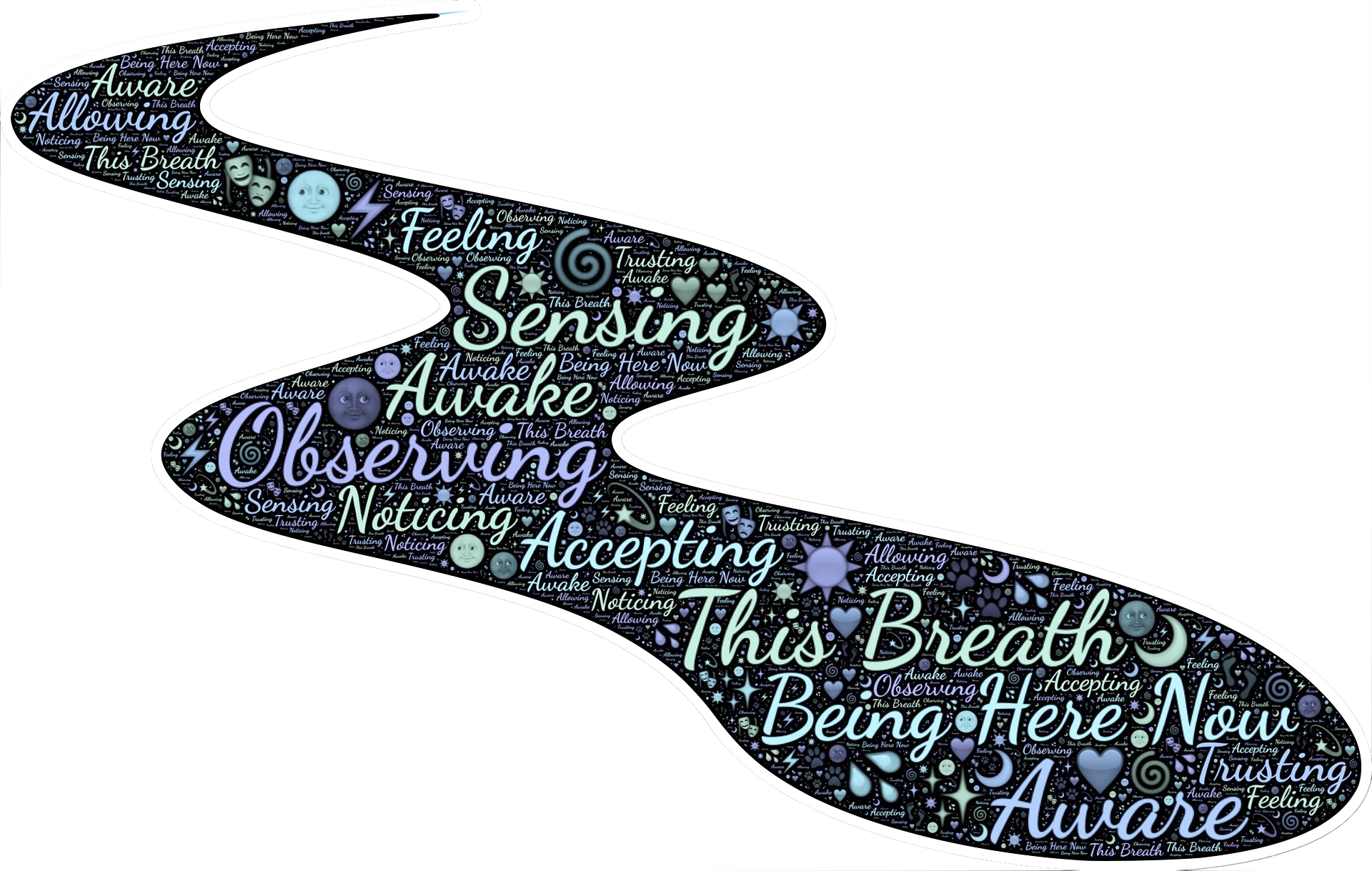Meningitis
What is meningitis?
What is meningitis?
Meningitis is an inflammation of the meninges. The meninges are the three membranes that cover the brain and spinal cord. Meningitis can occur when fluid surrounding the meninges becomes infected.
The most common causes of meningitis are viral and bacterial infections. Other causes may include:
- cancer
- chemical irritation
- fungi
- drug allergies
Some viral and bacterial meningitis are contagious. They can be transmitted by coughing, sneezing, or close contact.

What are the symptoms of meningitis?
The symptoms of viral and bacterial meningitis can be similar in the beginning. However, bacterial meningitis symptoms are usually more severe. The symptoms also vary depending on your age.
Types of meningitis
Viral and bacterial infections are the most common causes of meningitis. There are several other forms of meningitis. Examples include cryptococcal, which is caused by a fungal infection, and carcinomatous, which is cancer-related. These types are less common.


Hydrocephalus



